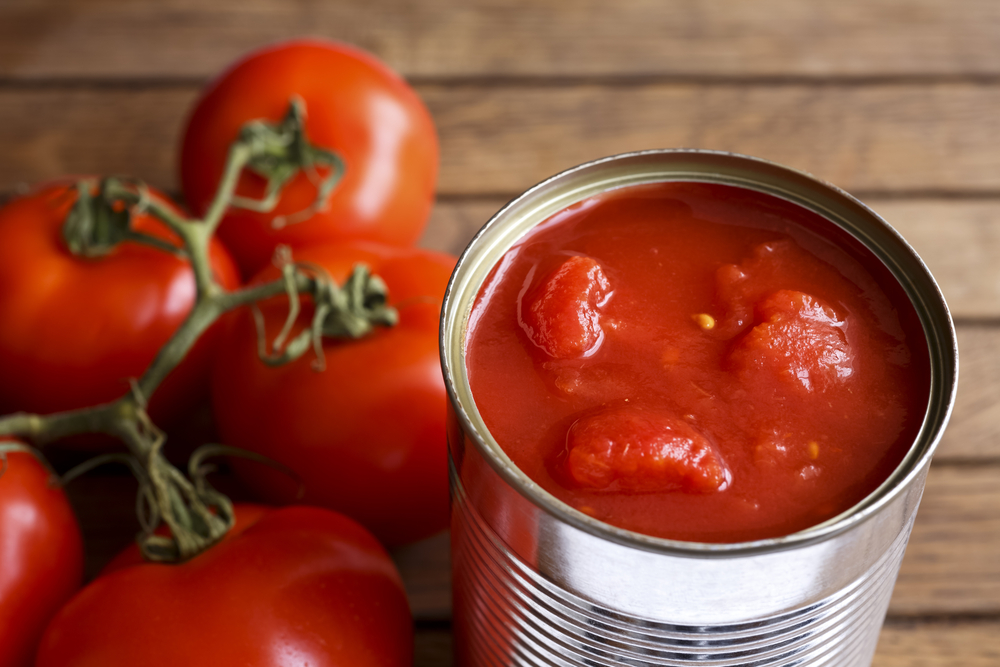Rising inflation is changing the landscape of everyday spending, turning formerly mundane purchases into indulgences that require careful consideration. It’s a shift that prompts a reevaluation of what constitutes a need versus a luxury. As prices continue to climb, many people find themselves recalibrating their budgets and priorities. Here’s a look at thirteen normal things that have become luxury purchases in today’s economic climate.
1. Groceries
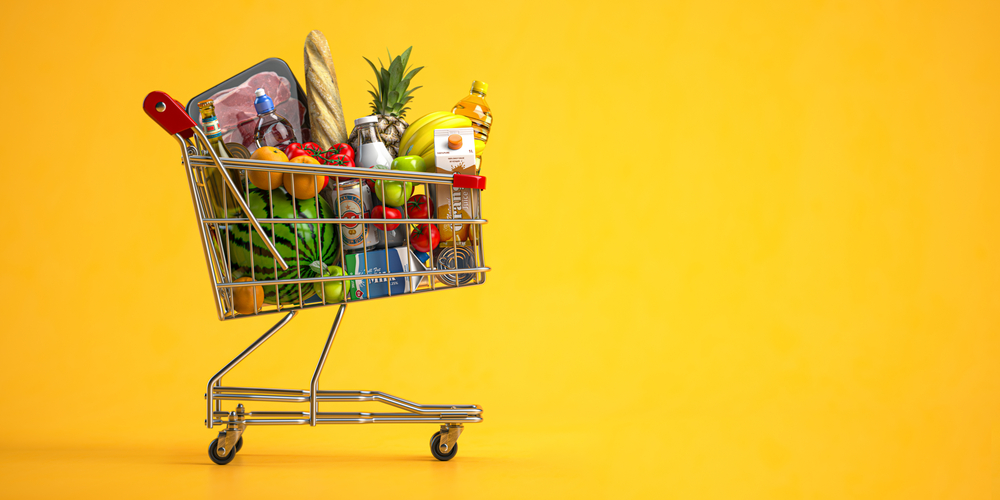
Once a routine errand, grocery shopping now feels like a careful orchestration of choices and compromises. As inflation drives food prices skyward, every trip to the supermarket can leave you with sticker shock. A simple grocery list can require a mini financial summit, where you prioritize essential items and reevaluate indulgences. According to the U.S. Bureau of Labor Statistics, food prices increased by 3.7% over the last year, making every grocery decision more consequential.
Beyond the rising prices of staple goods, specialty items that once seemed affordable now appear exorbitant. Organic produce and artisanal cheeses, once weekly treats, have become rare indulgences for many. This shift in affordability has made the act of cooking at home both a necessity and a luxury. For some, the joy of experimenting with new recipes has been overshadowed by the need to stick to a tighter budget.
2. Dining Out

The simple pleasure of dining out, whether at a favorite local spot or a trendy new restaurant, now feels like a splurge. With menu prices steadily increasing, every meal out requires deliberation. The joy of spontaneous dining has been replaced by strategic planning, often reserved for special occasions rather than impromptu outings. It’s a change that makes you cherish those dining experiences more than ever.
Beyond the cost of the meal itself, tipping, parking, and other associated expenses add up quickly. What once felt like a casual evening out can now strain your budget. This shift has encouraged many to seek alternatives, such as cooking at home or opting for takeout over sit-down dining. As a result, the dining-out experience has transformed into a luxury event, one to be savored and fully appreciated.
3. Fuel

Filling up your car’s gas tank has become an exercise in managing rising costs that seem to have no ceiling. With gas prices fluctuating and trending upwards, what was once a quick stop now involves comparing prices and strategizing routes. The U.S. Energy Information Administration reported that gasoline prices have reached their highest levels since 2014, putting additional strain on personal budgets.
The impact extends beyond the financial, influencing lifestyle decisions and travel plans. Road trips and long commutes might be reconsidered or limited to essentials. Carpooling, public transportation, and other alternatives have gained popularity as people seek to mitigate the financial burden. In this new landscape, the freedom of the open road has taken on a different, more costly meaning.
4. Streaming Services
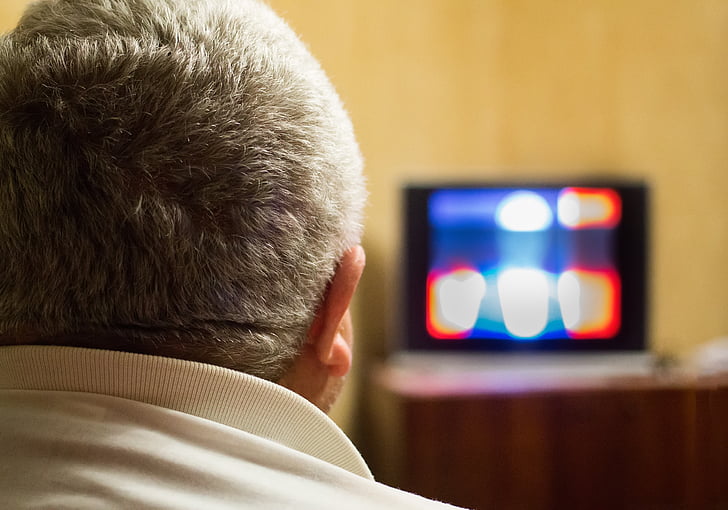
What began as a cost-effective alternative to cable has morphed into a monthly expense that rivals traditional television bills. With the proliferation of streaming platforms, subscribing to multiple services can quickly add up. As each platform offers exclusive content, the pressure to subscribe can lead to difficult decisions about which shows and movies to prioritize. It’s a modern dilemma that complicates entertainment consumption.
The allure of binge-watching your favorite series can now require a financial balancing act. Sharing subscriptions with friends or family has become a strategic move to offset costs. Meanwhile, the fear of missing out on popular shows can create a sense of urgency and financial strain. As a result, managing streaming service subscriptions has become an exercise in luxury budgeting.
5. Travel

The world of travel, once a gateway to adventure and relaxation, has become a landscape of escalating costs and careful planning. Airfares, accommodations, and rental car prices have all seen substantial increases, complicating even the most well-intentioned travel plans. The International Air Transport Association notes that airfare prices have risen significantly, with increased demand and fuel costs contributing to the surge.
Travelers now find themselves weighing the importance of trips and seeking ways to maximize their experiences within tighter budgets. Last-minute getaways are less feasible, replaced by meticulous planning to find the best deals and discounts. The joy of spontaneous exploration has given way to a calculated approach to ensure every dollar is well spent. As a result, travel, once a source of escapism and joy, feels increasingly like an exclusive privilege.
6. Clothing

Clothing, a necessity that also serves as an expression of personal style, has seen price tags that can make you pause. Retail prices for clothing have risen, leading many to reassess their wardrobe needs and fashion expenditures. The delight of purchasing a new outfit can be tempered by the reality of its cost. Shopping for clothes has transformed into an intentional act of budgeting and prioritizing.
In addition to the financial aspect, the environmental impact of fast fashion encourages a more mindful approach. Many people are turning to second-hand shopping or rental services to refresh their wardrobes without breaking the bank. The concept of “less is more” has taken hold, with quality and sustainability guiding purchasing decisions. What was once an impulse buy now involves thoughtful consideration and planning.
7. Home Maintenance
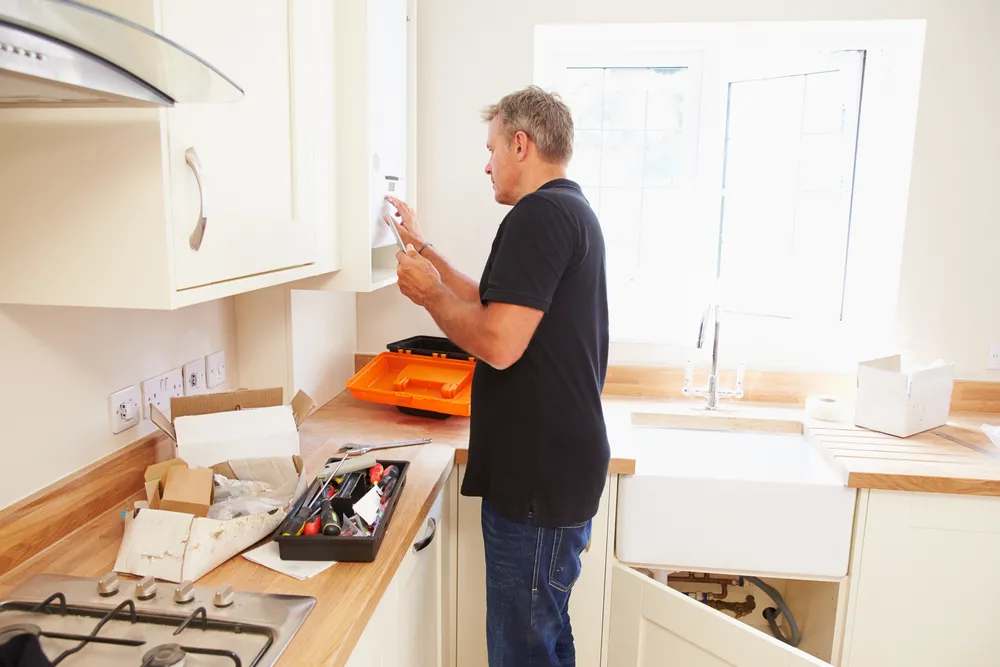
Maintaining the sanctuary of your home, once a standard part of household upkeep, has become an increasingly expensive endeavor. The costs of materials and labor have risen, leading to difficult decisions about which projects to prioritize. According to the National Association of Home Builders, the price of building materials has soared by over 30% since the onset of the pandemic, impacting renovation budgets nationwide.
Homeowners now face the challenge of balancing essential repairs with desired upgrades. DIY projects have become more common as people seek cost-effective ways to maintain their homes. This shift has transformed home maintenance from a routine responsibility into a calculated investment. With rising costs, every hammer swing and brushstroke carries the weight of financial consideration.
8. Personal Care

The realm of personal care, encompassing everything from skincare to haircuts, has been subject to price hikes that make simple self-care feel indulgent. Product prices have increased, and salon visits demand more from your wallet. What was once a monthly ritual might now be spaced out to accommodate budget constraints. These changes necessitate a reassessment of priorities in maintaining personal well-being.
In response, many are turning to DIY solutions and home treatments to save money. The beauty aisle has become a place of strategic purchasing rather than impulsive indulgence. Balancing quality with cost-effectiveness becomes essential in maintaining a personal care routine. As a result, personal care practices have transformed into acts of luxury, ones that require thoughtful planning and budgeting.
9. Electronics
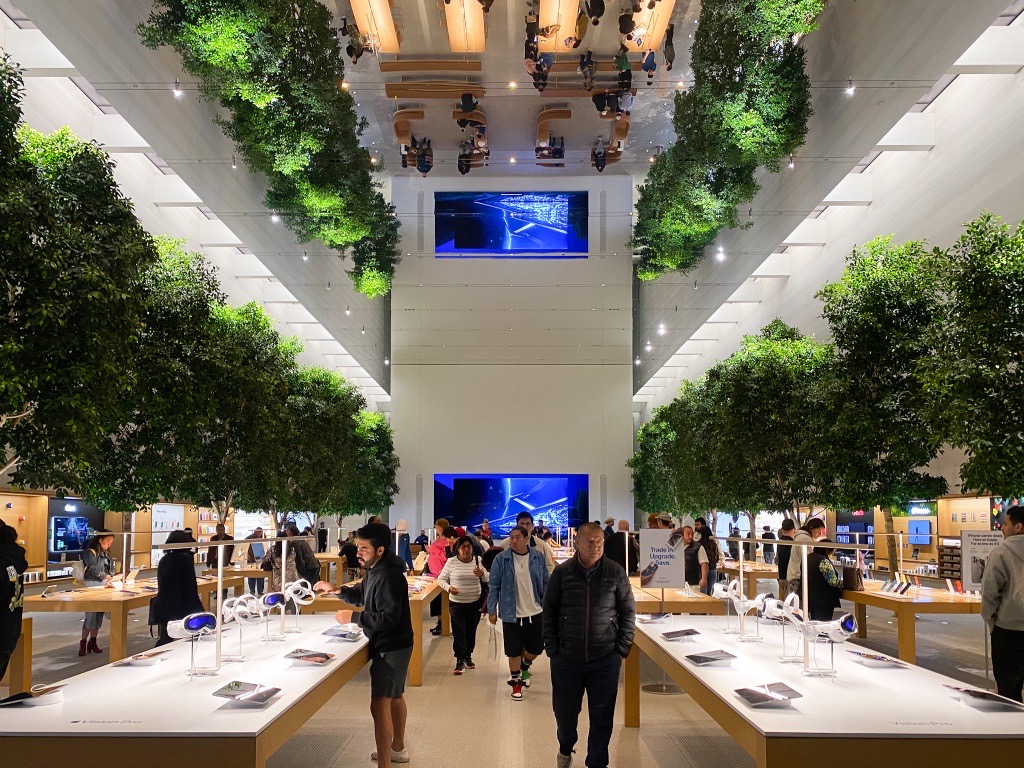
The allure of the latest gadgets and technology has been tempered by price tags that reflect inflationary pressures. Electronics, from smartphones to laptops, come with costs that necessitate financial foresight. What was once an exciting purchase now involves careful budgeting and consideration of necessity versus desire. The tech landscape is evolving, with affordability playing a critical role in purchasing decisions.
Beyond the cost of acquiring new technology, the lifecycle of these products has also become a factor. Repair costs and upgrade cycles can add to the financial burden of staying current with technology. This shift encourages a more thoughtful approach to tech investments, focusing on longevity and necessity. As a result, the world of electronics, once a playground of innovation, has become an arena where luxury meets practicality.
10. Fitness and Wellness

Fitness and wellness, integral to maintaining health and well-being, are areas experiencing cost increases that redefine their accessibility. Gym memberships, fitness classes, and wellness retreats have seen price hikes that challenge the feasibility of regular participation. The commitment to maintaining physical health now involves financial considerations that require careful planning. It’s a shift that transforms wellness into a luxury pursuit.
Alternatives such as home workouts and outdoor activities offer cost-effective solutions. The digital fitness space has expanded, providing access to a range of workouts and resources. However, the community aspect and motivation of in-person experiences can be hard to replicate. As a result, maintaining a fitness routine requires balancing cost with personal preference, turning wellness from a given into a luxury experience.
11. Education

The pursuit of education, whether through traditional routes or online courses, entails costs that have escalated in recent years. Tuition fees, textbooks, and associated expenses require significant financial planning. The aspiration for learning and self-improvement comes with a price tag that can feel prohibitive. It’s a reality that casts education in a new light, where access to knowledge requires careful budgeting.
Scholarships and financial aid play a crucial role in making education more accessible. However, the competitive nature of these opportunities increases the pressure to secure them. The landscape of lifelong learning has shifted, with affordability influencing educational choices. As a result, education, traditionally viewed as an investment in the future, now carries the weight of financial luxury.
12. Childcare

Childcare costs, essential for many working families, have surged, adding financial strain to household budgets. The need for quality care comes with a price that can feel prohibitive, leading to difficult decisions about balancing work and family. This shift has turned childcare, a necessity for many, into a luxury that requires careful financial planning. It’s a dynamic that reshapes family priorities and work-life balance.
Alternatives such as shared childcare or flexible work arrangements offer potential solutions. However, these options come with their own set of challenges and considerations. The impact of rising childcare costs reverberates through family dynamics, influencing decisions about career and lifestyle. As a result, childcare has transformed from a routine necessity into a luxury that requires strategic financial management.
13. Social Events

Social events, from weddings to birthday parties, have felt the impact of rising costs, making them a luxury rather than a given. The expenses associated with hosting or attending events have increased, requiring careful budgeting and prioritization. This shift in affordability transforms social gatherings into special occasions that must be planned and savored. The celebration of life’s moments now involves financial considerations that redefine the experience.
The pressure to create memorable experiences while managing costs can be challenging. Creative solutions, such as smaller guest lists or DIY decor, offer ways to balance celebration with budget. The emphasis on meaningful connections and shared experiences has gained prominence over extravagant displays. As a result, social events have evolved from routine occurrences into cherished luxuries that require thoughtful planning.
This article is for informational purposes only and should not be construed as financial advice. Consult a financial professional before making investment or other financial decisions. The author and publisher make no warranties of any kind.





